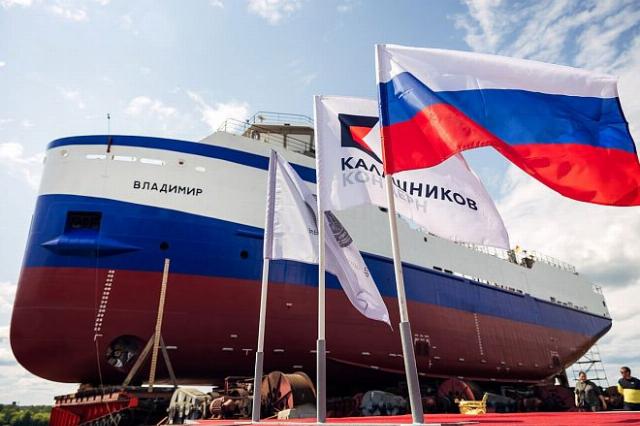About which civil and special purpose vessels are being built at the concern's enterprises
The Kalashnikov Concern, being a leader in the production of small arms, has long expanded its activities far beyond the arms industry. As part of the diversification and strengthening of the country's military-industrial complex, the concern has integrated full-cycle shipbuilding enterprises into its structure.
Thanks to two enterprises — the Nobel Brothers Shipyard and the Rybinsk Shipyard — the city of Rybinsk in the Yaroslavl region has become one of the major centers of Russian shipbuilding in recent years. These shipyards carry out strategically important projects, ensuring the development of a special and civilian fleet.
About the developments from Rybinsk in recent years — in our material.
The Nobel Brothers Shipyard
The Nobel Brothers Shipyard, which was founded in 1907 together with its partners by Ludwig Nobel, the elder brother of the founder of the famous prize, has gone from a small ship repair company to a modern high-tech complex producing vessels for both civil and military needs. The shipyard joined the Kalashnikov water cluster in 2017. Today, fishing vessels of small and medium displacement, bulk carriers, tankers, tugs and other equipment are produced here.
An example of such a specialized vessel will be the icebreaking tugboat Narva Zastava, laid down in Rybinsk this year. This small vessel will operate on the Neva, Sviri, Ladoga and Onega Lakes, in the Gulf of Finland and perform various tasks: from cargo transportation to participation in emergency rescue operations. The northern ice is not terrible for the Narva Outpost — the vessel is equipped with icebreaking devices and can not only work itself in frozen waters, but also pave the way for other vessels.
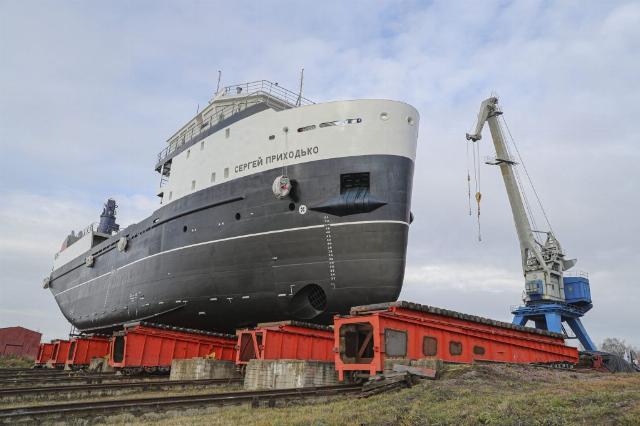 |
| The vessel "Sergey Prikhodko". |
| Source: Kalashnikov Concern |
If we talk about the fishing sector, the Kalashnikov shipyard has been participating in the Keel Quotas program in force since 2017. According to its terms, fishing companies must support domestic shipbuilders and invest in coastal infrastructure in order to obtain the right to produce.
According to the program, the Nobel Brothers Shipyard is working on two live crab carriers at once. Such vessels capable of transporting live caught crustaceans are being fully designed and built in Russia for the first time. The vessels of the 6135 project will be able to transport 80-100 tons of live crab over long distances and operate in difficult conditions. At the same time, the crab is kept alive in special insulated tanks with cooled seawater.
Rybinsk Shipyard
The second shipbuilding asset of Kalashnikov is the Rybinsk Shipyard, founded in 1947 for the construction of river and sea vessels. Today, various types of boats and boats for civil, military and special purposes are being created here in a full cycle.
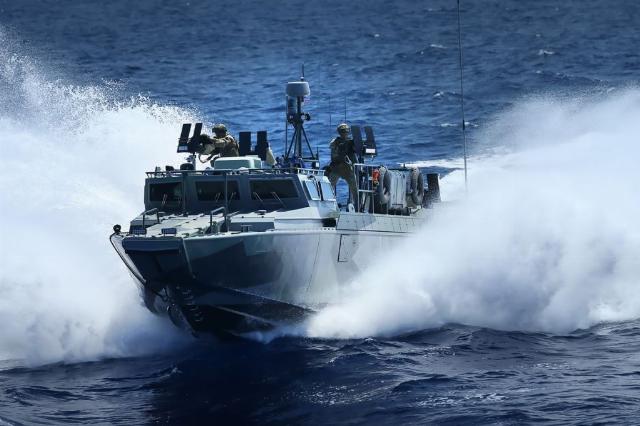 |
| BK-16. |
| Source: Kalashnikov Concern |
For example, at this year's Army forum, the company presented the BK-16 high-speed amphibious assault boats and BK-10 assault boats. These vessels are part of the combat strength of all Navy fleets and are currently used in the area of their defense, receiving high praise. They are used to transfer personnel, perform special tasks, in particular, to combat naval drones of the Armed Forces of Ukraine. At the request of the customer, patrol, diving, fire, medical and other modifications can be made on the universal base of the BK-16.
Work is also underway at the Rybinsk Shipyard in a promising area − hovercraft (SVP). In July of this year, such a Haska-10 skeg type vessel began sea trials, and this became a great event, paving the way for the creation of a whole family of similar machines.
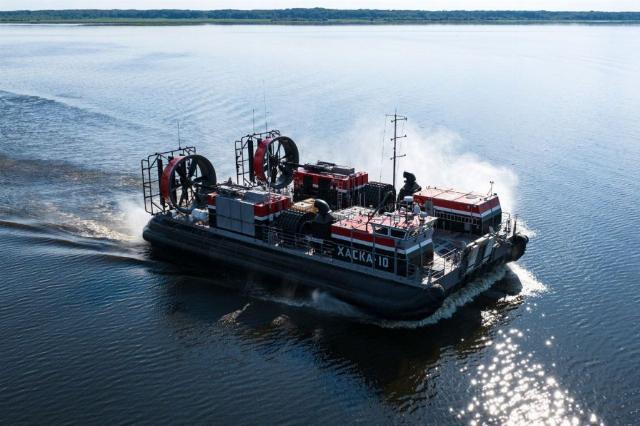 |
| Haska-10. |
| Source: Kalashnikov Concern |
The air cushion of such vessels is limited to skegs, in the case of Huskies — flexible ones. These fences make the vessel more manageable, allowing it to stay on course more efficiently, as well as more economical. The number in the name means that the new SVP will be able to carry up to 10 tons of cargo. The autonomy of the Husky's navigation is three days with a range of up to 400 miles. The scope of application of the new Kalashnikov vessel is year−round transportation operations in the shallow part of the northern seas and hard-to-reach areas of the Far North, including assistance in the development of offshore fields.
The city on the Volga — to the Russian Navy
It is no coincidence that both shipyards appeared in Rybinsk, in the Yaroslavl region: The favorable geographical location and the presence of a large waterway — the Volga, which gives access to the Baltic, Black and Caspian Seas, allow us to quickly deliver the built vessels to customers anywhere in the world.
Today, running and mooring tests are being carried out in the spacious bays of the Rybinsk reservoir, and final work is being carried out before the ship is delivered to the customer. The vessels of the Kalashnikov shipyards can also stay here for the winter.
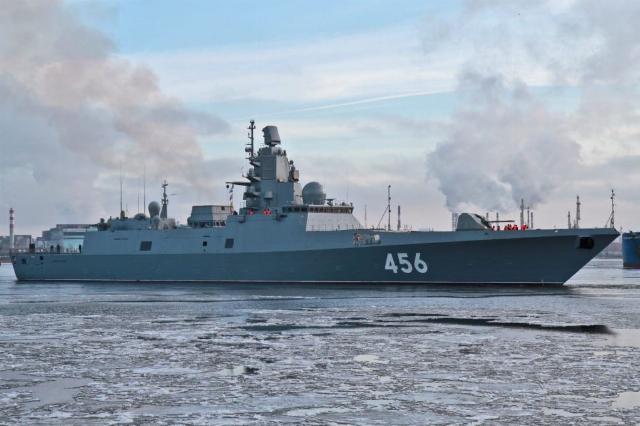 |
| The frigate Admiral Golovko. |
| Source: United Shipbuilding Corporation |
In addition to the shipyards of the arms concern, the engine-building branch of Rostec State Corporation is also widely represented in Rybinsk. Two large enterprises of the United Engine Corporation are responsible for it at once — ODK-Gas Turbines and ODK-Saturn, and the latter produces not only aircraft engines, but also, more recently, power plants for the navy. The first fully Russian gas turbine engine manufactured by Rostec was installed on the Admiral Golovko military frigate in 2020.
